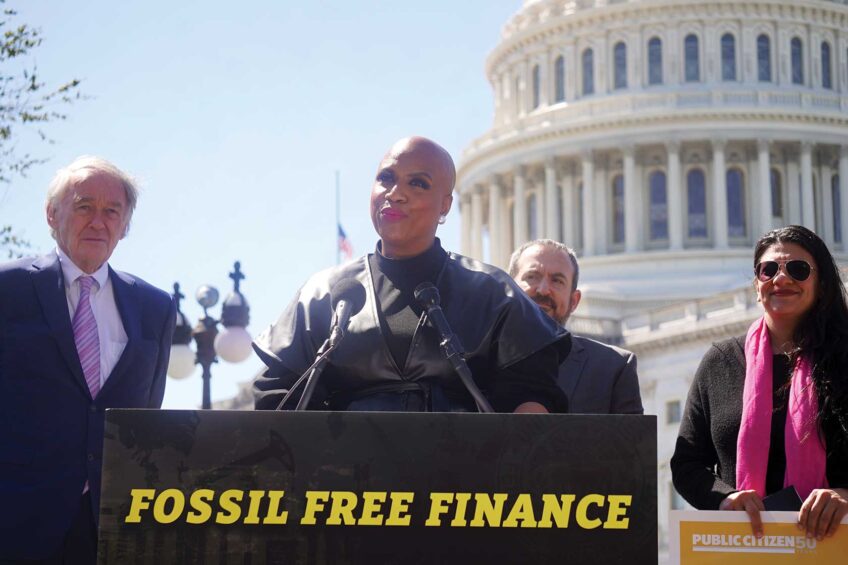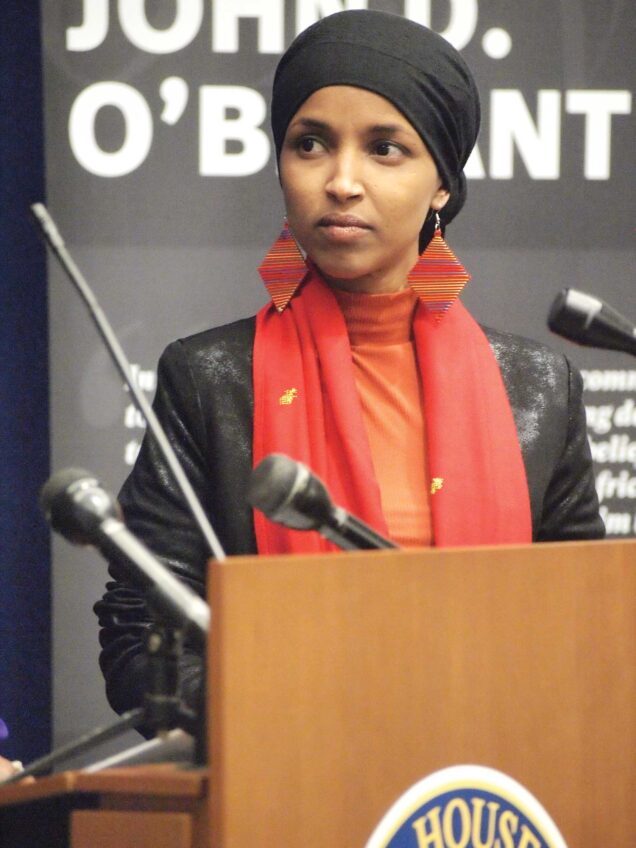CHARLESTON, S.C. — In the small community of Lake City, people knew Ron McNair was special long before the man who would become the town’s most famous son became the second black American to fly in space.
He was the valedictorian of the Carver High class of 1967, worked summers in the steamy cotton and tobacco fields and always seemed to have a friendly word for everyone.
“We all knew he was exceptional, but we didn’t really know how exceptional until later,” said Clyde Bess, who was two years ahead of McNair at Carver, at the time the town’s segregated black high school.
Memories of McNair are being shared this weekend as the farming town about 90 miles north of Charleston marks the 25th anniversary of the space shuttle Challenger disaster.
The 35-year-old McNair and six others were killed when the shuttle exploded in twisting white contrails off Florida on Jan. 28, 1986.
Bess recalled how at Carver, some seniors were selected for an advanced trigonometry-algebra course and McNair, as a sophomore, also attended.
“It turned out that Ron almost taught the class,” he recalled. “We all struggled with the class but Ron made it a lot easier because he broke it down so we could understand it.”
Verlie Tisdale, now dean of the School of Natural Sciences and Mathematics at Claflin University in Orangeburg, was the salutatorian of that 1967 graduating class.
“We would always joke around saying who would be the greatest in the class and all and we always said we would be scientists and we ended up being scientists,” she said.
She said McNair’s legacy is showing today’s students that they can reach high.
“To come from a place that was that tiny, that was that poverty stricken and to still have achieved — the sky is the limit. You do not let your social surroundings hold you back,” she said.
A parade was planned Friday followed by a candlelight vigil at a memorial to McNair. The vigil has been held every year since the disaster.
On Saturday, the Ronald McNair Life History Center is dedicated in a former Lake City library that McNair could not even enter growing up in the days of segregation. A dinner to celebrate the astronaut’s life follows.
“Ron was not on an ego trip. I don’t care who you were he was willing to talk to you and would talk to you,” said T.R. Cooper, who taught McNair in fifth grade at Carver Elementary.
The main highway through town is named in his honor as is a middle school, one of more than a dozen schools nationwide named for McNair. A park in Brooklyn, N.Y., also has a monument and is named in his honor.
After Carver, McNair graduated from North Carolina AandT and then earned his doctorate in physics at the prestigious Massachusetts Institute of Technology. Joining the space program in 1978, he first flew on Challenger in 1984.
“It would be a tragedy for the present generation not to be aware of his accomplishments from his humble beginnings,” Cooper said. “We want our young people to dream and work hard at their dreams.”
Another African American man with a dream spoke at the memorial service for McNair in Lake City five days after the Challenger exploded.
“Ron’s probably looking down on us and saying ‘That’s enough crying, let’s get up off the floor and get going,’ ” said Charles Bolden, then a fellow astronaut.
Bolden, a Columbia native, is now the NASA administrator.
Associated Press Charleston correspondent Bruce Smith covered the memorial services and funeral for McNair in 1986.






